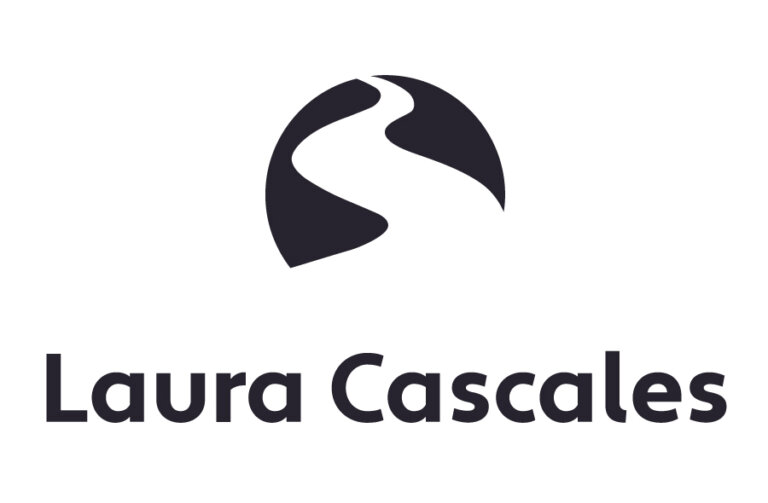How to create a career vision to help you advance your career

Having a career vision is a powerful way to advance your career in the right direction.
A career vision is where you would like your career to be in the long term – in 5, 10, or 20 years from now, or whatever timeframe works best for you.
As a coach, I have witnessed numerous times how people get motivated and inspired when they visualise and verbalise their career vision.
A career vision connects you with your future self, which has been shown to have positive effects on wellbeing.
Some people are very clear about what their career vision is. However, creating a career vision is not easy for everybody. Sometimes we just don’t have an idea where we would like our career to go. And that’s normal.
So, how can you create a career vision if you don’t know what you want?
You can start creating your career vision by reflecting on your values (what matters to you most?), strengths (what are you naturally good at?), interests (what do you enjoy doing?), desires (which type of job would you love to do?) and needs (which kind of job fits better your lifestyle?).
I see this exercise as completing a puzzle: you start putting together the pieces you have, and piece by piece, an image begins to emerge.
Once you have some pieces from the puzzle, you can switch from rational thinking to just visualising the career and life you want for your future self. Visualisation can help you expand your thinking from your current situation and connect with your deeper desires – and play big!
To visualise your future career, find a quiet place and take some deep breaths. When your mind has calmed down and your focus is inwards, imagine yourself in the future (5, 10 or 20 years from now, or any timeframe that works for you), and ask yourself some questions to help you picture the career and life you aspire to have for your future self, such as:
- How do you look? What are you wearing?
- Where do you live? Where do you work? At home? In an office?
- With whom are you? With whom do you collaborate? Do you work alone or in a team?
- What are you doing? What energises you?
- How are you feeling?
- What matters to you most? What makes you happy?
- What are you proud of?
- What do you like most about your job and life?
When you finish the visualisation, write down any images you saw – about yourself, other people, places, and so on – and any feelings that arose during the visualisation.
Write also your career vision – whatever has become clear to you at this point.
Once you have a career vision, the next question to ask yourself is what you need to do today to get there.
Your career vision gives you a clear direction to where you are heading. Once you know where you are going, you can set specific goals to get there.
Furthermore, a career vision allows you to be strategic in your decisions. When you need to make a decision, you can ask yourself:
How does this opportunity align with my career vision?
How will it help me to get where I want to be?
If the opportunity doesn’t help you get to your vision, you should either say no to the opportunity or reassess your career vision.
Keep in mind that your career vision will change with time. Your values, interest, desires and needs might change, and our career vision might need to change too.
Revise your career vision as often as needed. Make sure your career vision aligns with who you are today, and don’t be afraid to change it!
Your career vision inspires you to get where you want to be, and it points you in the right direction.
What is your career vision today?
Which goals and strategies have you set to help you get there?



2 Responses
Thank you, this is inspiring and truly helpful in a practical way.
It feels like what you published is just the tip of a huge iceberg of tools and strategies you offer to your clients.
It all leaves me thirsty for more!
Thank you for your comment, Rossy. I am glad you have found the article helpful!